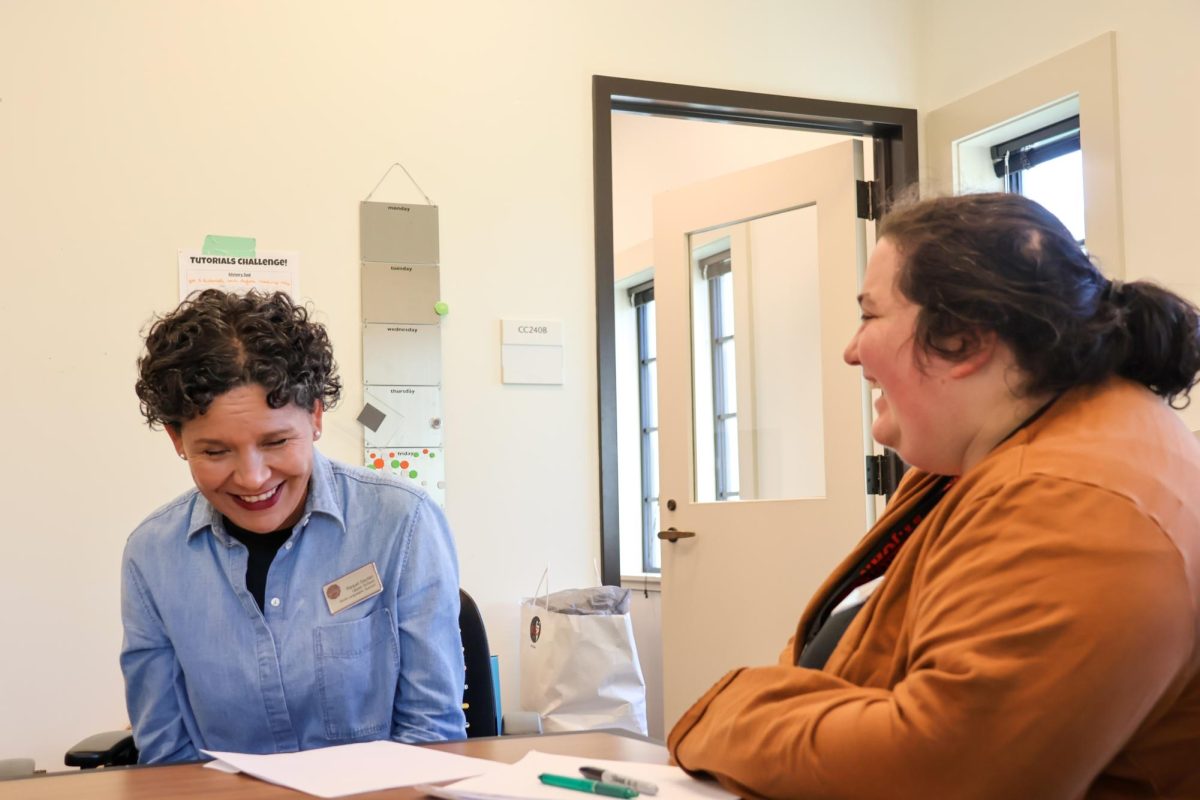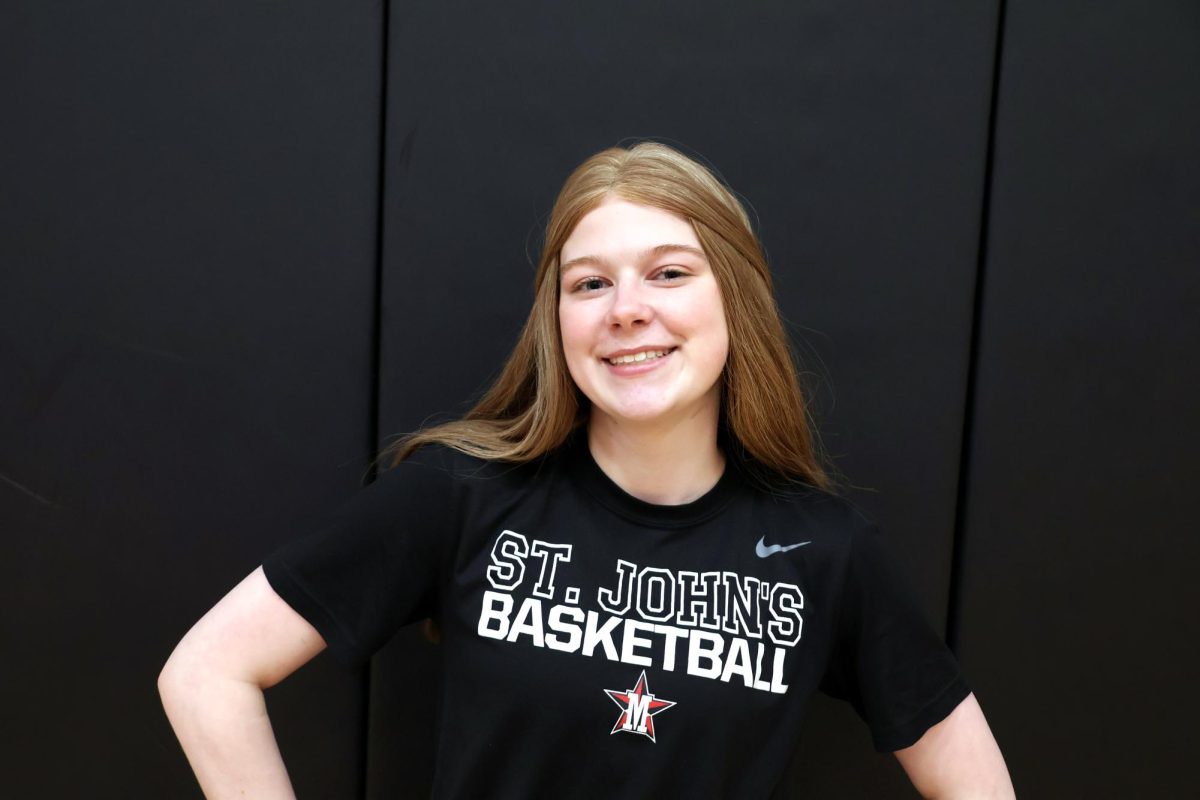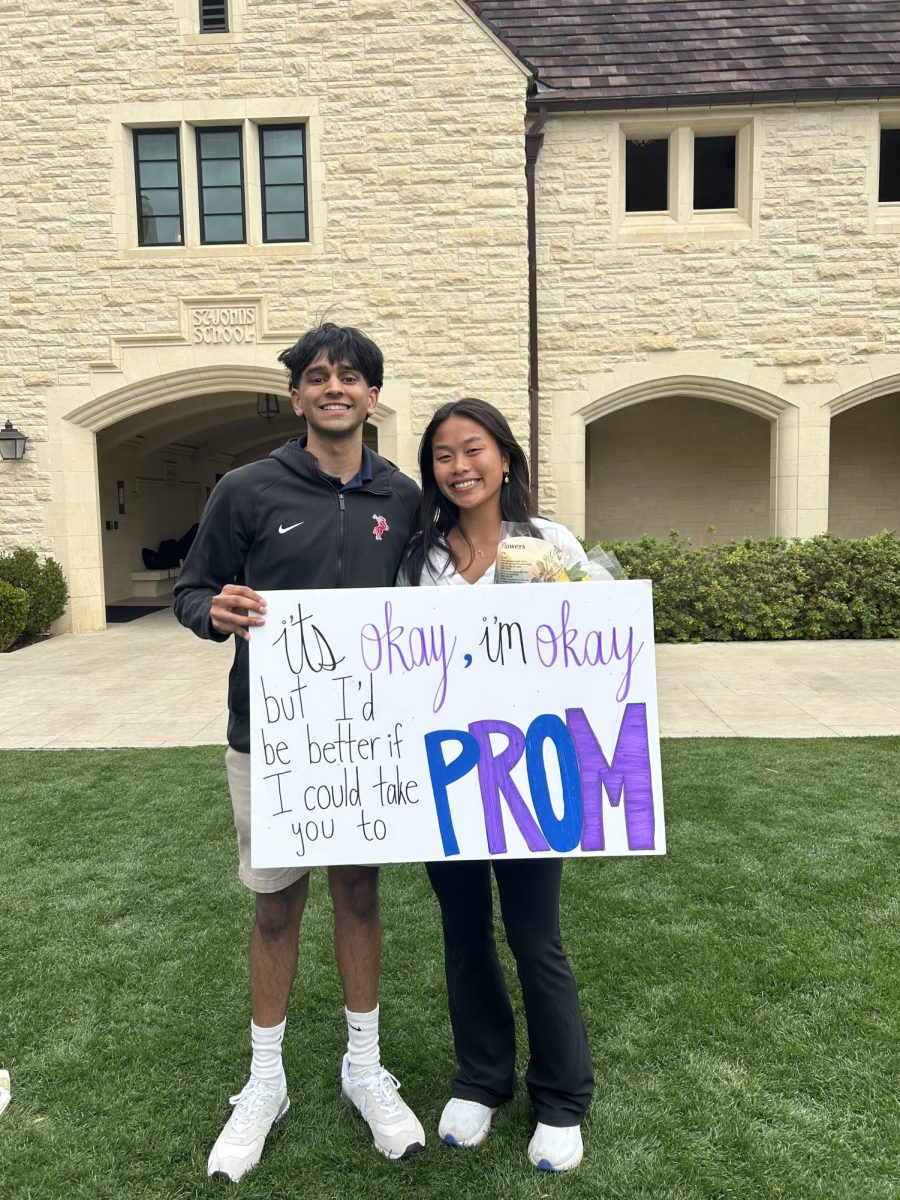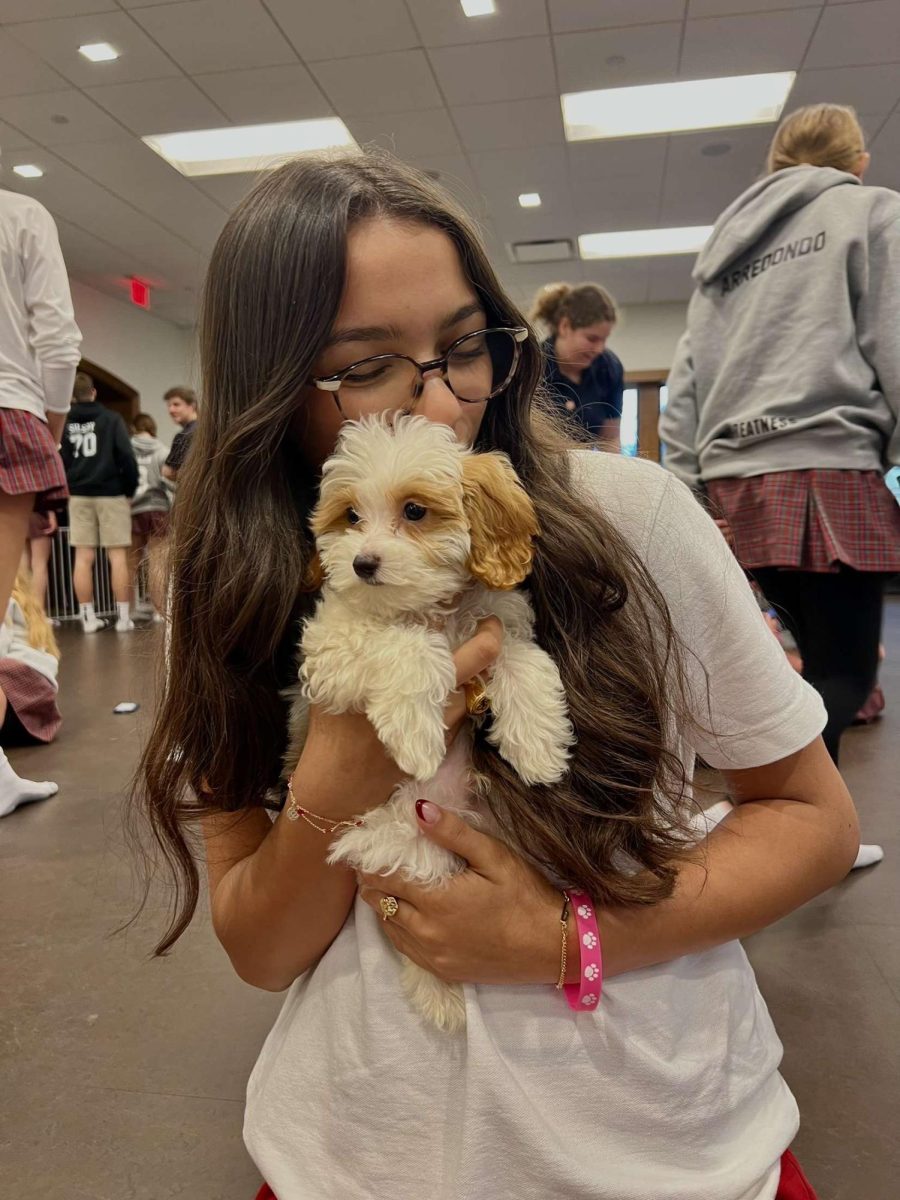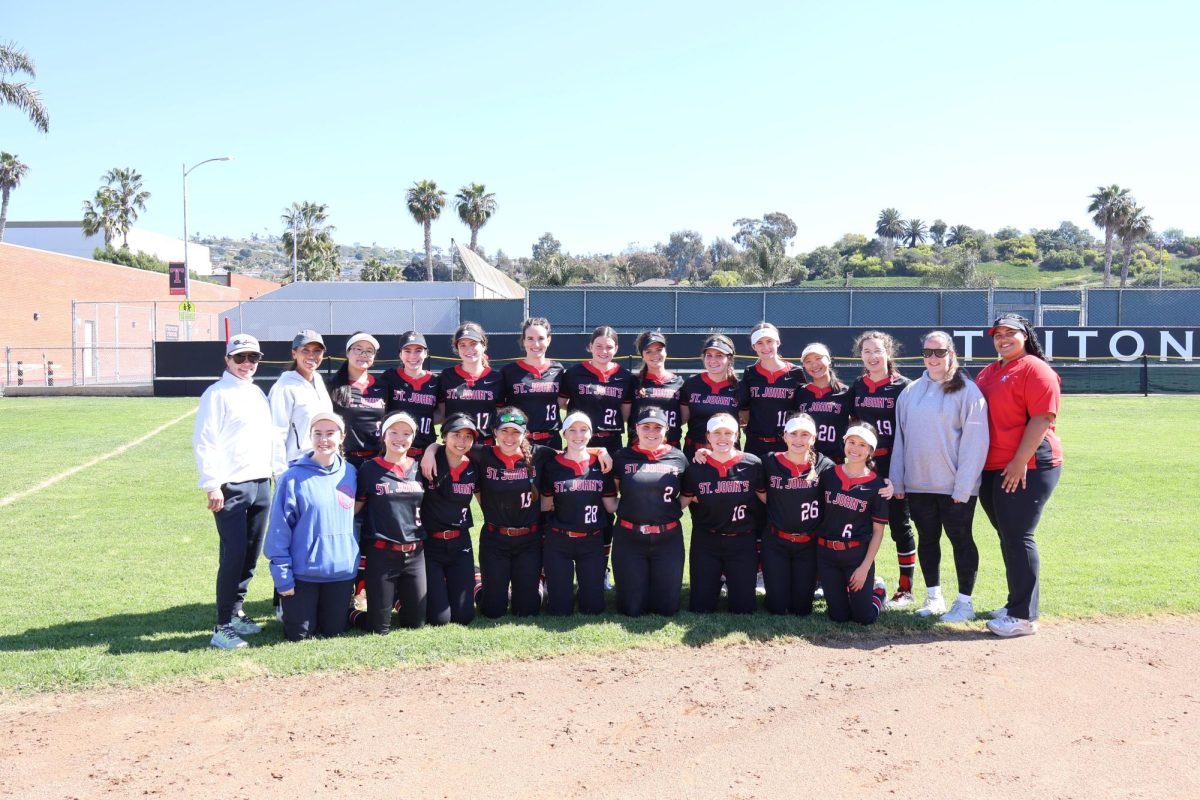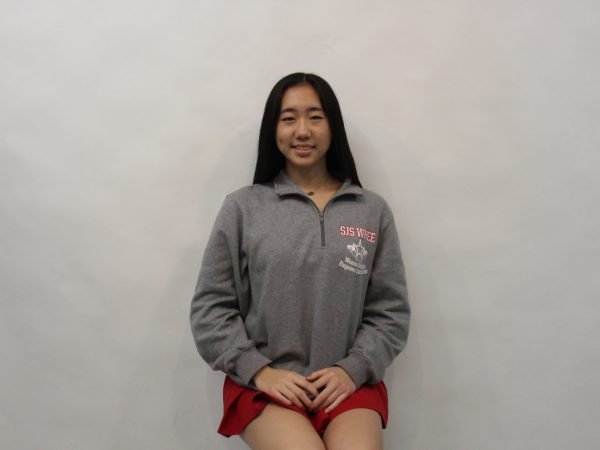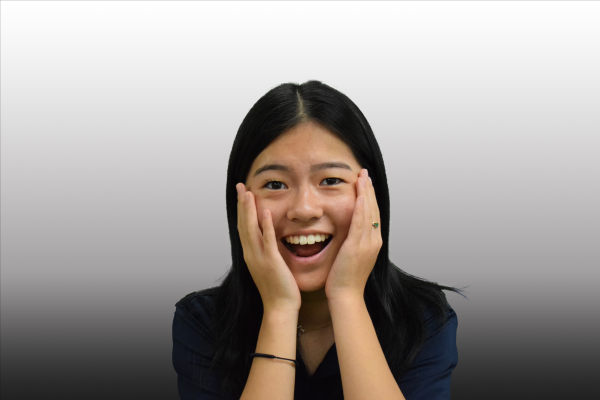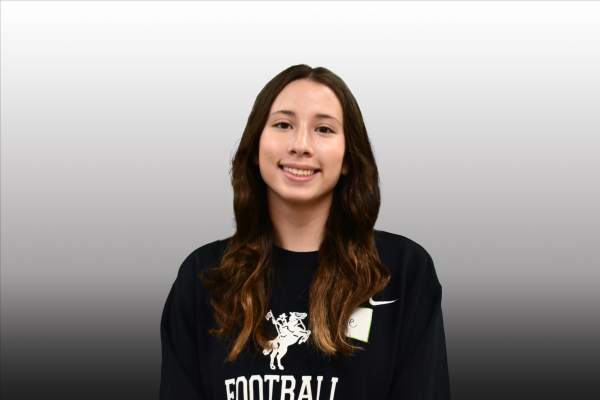When Service Learning Coordinator Claire Nuchtern (‘11) and Upper School Spanish teacher Raquel Gaytán visited St. Austin’s Center, they expected a community need for English lessons. But to their surprise, the staff actually wanted help with developing the residents’ Spanish literacy.
The reason: instead of speaking Spanish, the majority of the residents speak Q’eqchi’, an indigenous Guatemalan language. Many of the immigration services are in Spanish, and learning it would make them more accessible.
Starting this fall, Gaytán will teach Topics in Advanced Spanish with Service Learning, a semester-long honors course. In addition to meeting as a regular carrier class with discussions and presentations, the curriculum has an extra service component: teaching.
“What is a more authentic way of developing your own Spanish than having to teach it to other people,” Nuchtern said. “This program is looking for students who are willing to expand their knowledge on culture.”
For the two teachers, it was important to provide service that met a demonstrated need in the community.
Through storytelling and reading, students will help young children practice their Spanish skills at St. Austin’s, a community center with new immigrants and refugees. Since service is integrated within the curriculum, students will visit the center at least once a month on a rotating schedule.
After serving, students will write reflections on what they have learned about both themselves and the immigrant community—they will reflect on their teaching experiences and what it feels like to communicate with language barriers. Nuchtern is especially interested in seeing how serving could deepen students’ understanding of Houston.
“When you’re doing the service, you are enriching your understanding of that topic,” Nuchtern said. “So benefits go both ways. It’s not just one direction.”
Typically, language classes focus on cultures outside of the US. In contrast, the service learning curriculum would work through several topics on what it means to be Hispanic within the US.
The syllabus will cover immigration experiences with plans to read the Spanish edition of “Solito,” a memoir about an 8-year-old child traveling from El Salvador by himself to meet his parents in California.
Students will also read other forms of literature that cover Hispanic and Latino identity and the Q’eqchi’ culture. Gaytán plans to include case studies, podcasts and even testimonials in the curriculum.
“We have a lot of people on campus that are part of our community and the Hispanic community,” Gaytán said. “I would love to incorporate their voices.”
Through analyzing literal definitions, maps and discussing topics of both authorized and unauthorized immigration, students will broaden their understanding of the meaning of community.
“We’re working on our writing, we’re working on our understanding of culture,” Gaytán said. “We’re working on getting to know the ‘other.’”
Gaytán previously taught at Rice University where her first and third-year students would read in Spanish at a dual-language school. After hearing about service learning from Nuchtern at a faculty meeting, the idea appealed greatly to Gaytán. They later met to strategize ways to adapt Gaytán’s experiences to the School.
“St. John’s students are going to be surrounded by a culture that they do not know, but they already have that intuition of what it means to be learning a language,” Gaytán said.
In traditional community service, students come up with an idea, plan a project and then execute it. In contrast, service learning connects what students are already learning in school with their own community. The teacher must be willing to teach the content, but also willing to find a community partner with a need.
Not only is the instructor expected to have compassion, but the students as well. Nuchtern and Gaytán agree that this class is dedicated to students who are “really community minded.” According to Nuchtern, this includes students who want to get to know Houston more or who want to apply what they have learned in Spanish.
“This class is for Spanish lovers, but also for community-minded people,” Nuchtern said.
Recently, Gaytán and Nuchtern visited the center, engaging with the children in the activities that St. John’s students would potentially do.
“We both left very confident that SJS students will be amazing at working with them and that they will get a lot more than practicing their Spanish from the experience,” Gaytán said.



